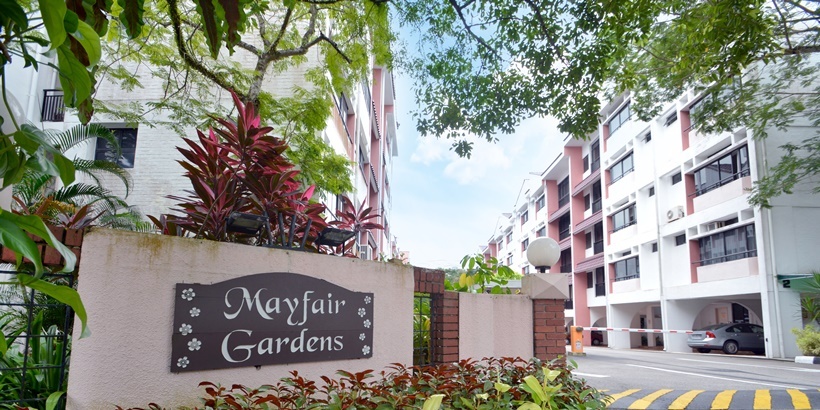
Previously this year, New York State developed a brownfield redevelopment strategy. Shortly thereafter, the Iowa State Senate passed a similar expense establishing a redevelopment tax program for brownfield and greyfield websites in that state.
The cost of cleansing brownfield websites can be so high as to avoid them from being established at all. As an outcome, the damaging impurities stay in the environment, posturing health threats while the abandoned property at the same time impedes the community's financial development.
The redevelopment of greyfields normally costs less since there are no hazardous pollutants to dispose of. In addition, the existing facilities (consisting of pipes and electrical circuitry) can really minimize the expense of development.
A revitalization strategy launched by the U.S. Department of Housing and Urban Development (HUD) in 2005 suggested greyfields as practical development opportunities because of their often-close proximity to main traffic arteries and public gathering places like sports complexes.
In 2002, President Bush signed into law the Small Business Liability Relief and Brownfields Revitalization Act, which allocated more funding for the clean-up and development of brownfield sites. Unfortunately, because greyfields pose no genuine ecological or health hazards, there is little federal financing designated particularly for their development.
However, Iowa's just recently passed legislation makes it possible for the state's Department of Economic Development to use approximately $5 countless its assigned redevelopment tax credits for both brownfield and greyfield sites. The existing redevelopment arrangement permits an optimum thirty percent credit, based upon the total qualifying investment costs. At minimum, a twelve percent credit is approved for certifying financial investment in a greyfield website. If the job also meets the requirements for "green developments," that credit is bumped approximately 15 percent. A minimum 24 percent credit is readily available for brownfield websites, and is increased to 30 percent for green developments. With this new law in place, more money is now available for home builders and financiers ready to explore development possibilities on property considered brownfield or greyfield.
Lawmakers hope the new arrangement supplies reward for developers to use old uninhabited shopping malls and commercial sites, which are plentiful, instead of looking for to build on previously unused land. Other states are considering similar legislation as they try to find innovative ways to encourage development while keep expenses as low as possible.
Soon thereafter, the Iowa State Senate passed a similar costs developing a redevelopment tax program for brownfield Mayfair Collections and greyfield sites in that state.
Iowa's recently passed legislation makes it possible for the state's Department of Economic Development to use up to $5 million of its assigned redevelopment tax credits for both brownfield and greyfield sites. A minimum 24 percent credit is readily available for brownfield websites, and is increased to 30 percent for green developments. With this new law in place, more loan is now offered for builders and financiers willing to check out development possibilities on home deemed brownfield or greyfield.